
How to Use dc to dc 3.3 5: Examples, Pinouts, and Specs
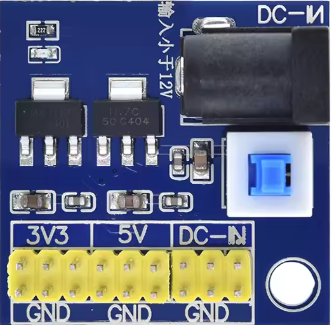
 Design with dc to dc 3.3 5 in Cirkit Designer
Design with dc to dc 3.3 5 in Cirkit DesignerIntroduction
The DC-DC 3.3V 5V converter is a step-down voltage regulator designed to convert a 5V input to a stable 3.3V output. This component is widely used in electronic circuits to power devices that require a lower voltage, such as microcontrollers, sensors, and communication modules. Its compact size and high efficiency make it an essential component in battery-powered and low-power applications.
Explore Projects Built with dc to dc 3.3 5
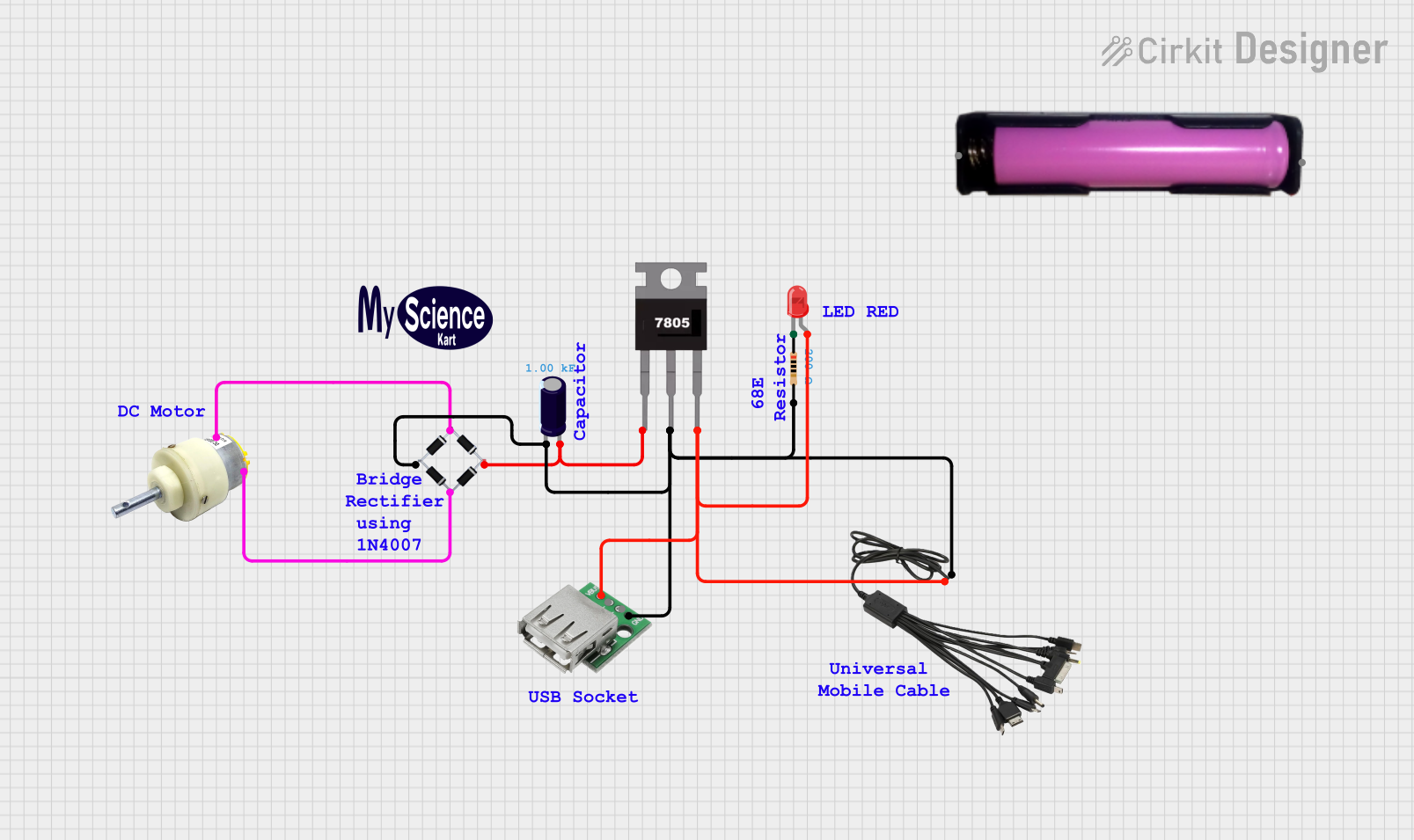
 Open Project in Cirkit Designer
Open Project in Cirkit Designer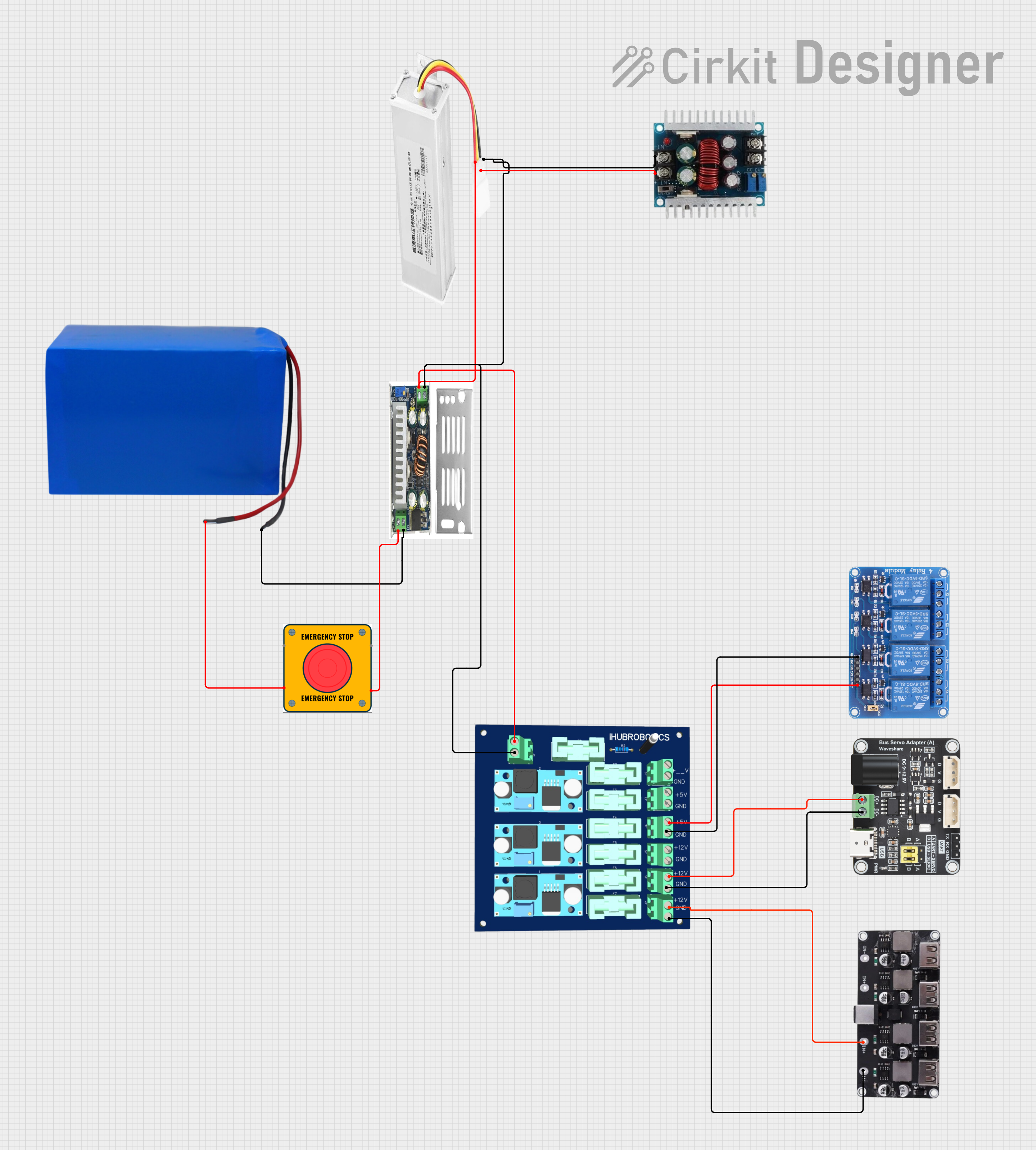
 Open Project in Cirkit Designer
Open Project in Cirkit Designer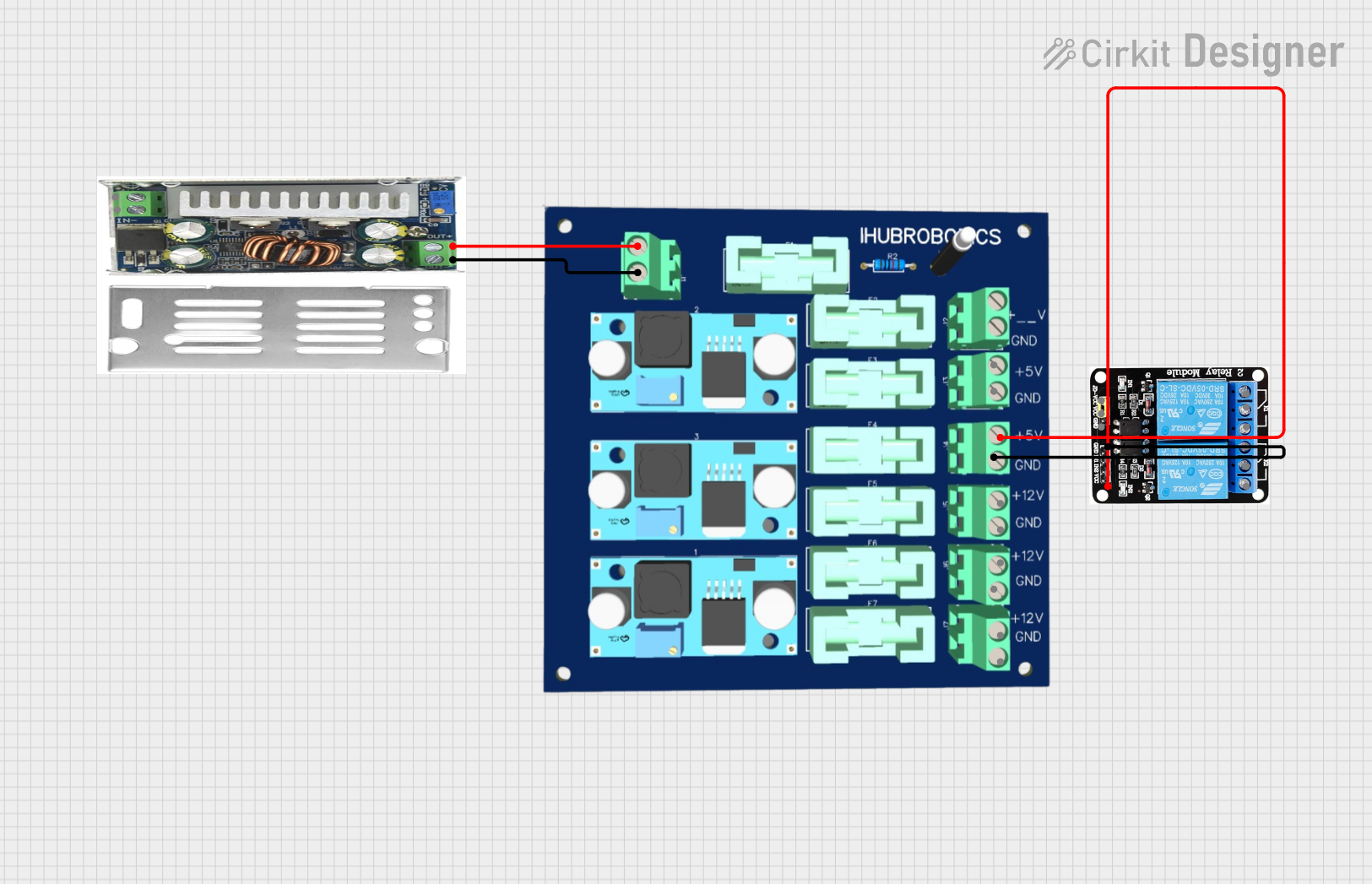
 Open Project in Cirkit Designer
Open Project in Cirkit Designer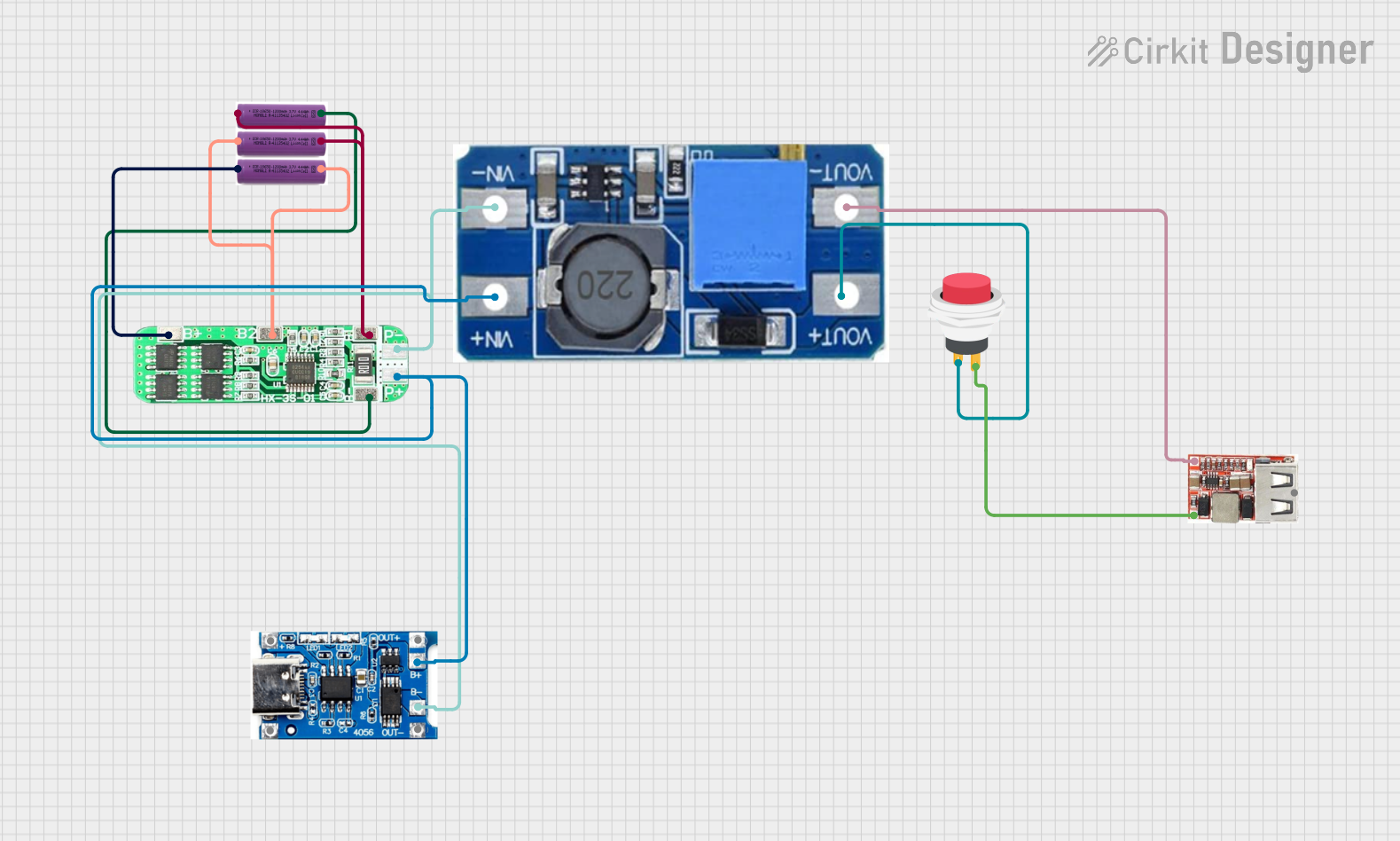
 Open Project in Cirkit Designer
Open Project in Cirkit DesignerExplore Projects Built with dc to dc 3.3 5

 Open Project in Cirkit Designer
Open Project in Cirkit Designer
 Open Project in Cirkit Designer
Open Project in Cirkit Designer
 Open Project in Cirkit Designer
Open Project in Cirkit Designer
 Open Project in Cirkit Designer
Open Project in Cirkit DesignerCommon Applications
- Powering 3.3V microcontrollers (e.g., ESP8266, ESP32)
- Supplying voltage to 3.3V sensors and modules (e.g., GPS, Bluetooth, Wi-Fi)
- Battery-powered devices requiring efficient voltage regulation
- Prototyping and development boards
Technical Specifications
Below are the key technical details of the DC-DC 3.3V 5V converter:
| Parameter | Value |
|---|---|
| Input Voltage Range | 4.5V to 5.5V |
| Output Voltage | 3.3V ± 0.1V |
| Maximum Output Current | 800mA (typical), 1A (peak) |
| Efficiency | Up to 90% |
| Operating Temperature | -40°C to +85°C |
| Dimensions | Varies by model (e.g., 22mm x 17mm) |
Pin Configuration
The DC-DC converter typically has three pins for easy integration into circuits:
| Pin | Name | Description |
|---|---|---|
| 1 | VIN | Input voltage (4.5V to 5.5V) |
| 2 | GND | Ground connection |
| 3 | VOUT | Regulated 3.3V output voltage |
Usage Instructions
How to Use the Component in a Circuit
- Connect the Input Voltage (VIN):
- Attach the VIN pin to a 5V power source. Ensure the input voltage is within the specified range (4.5V to 5.5V).
- Connect the Ground (GND):
- Connect the GND pin to the ground of your circuit.
- Connect the Output Voltage (VOUT):
- Use the VOUT pin to power your 3.3V device. Ensure the connected device does not exceed the maximum output current.
Important Considerations
- Input Voltage Stability: Ensure the input voltage remains stable and within the specified range to avoid damaging the converter or connected devices.
- Heat Dissipation: For high current loads, consider adding a heatsink or ensuring proper ventilation to prevent overheating.
- Bypass Capacitors: Add a 10µF capacitor across the input and output pins to reduce noise and improve stability.
- Polarity Protection: Double-check the polarity of the connections to avoid damaging the converter.
Example: Using with an Arduino UNO
While the Arduino UNO operates at 5V, you can use the DC-DC converter to power 3.3V peripherals. Below is an example of connecting a 3.3V sensor to the Arduino UNO using the converter:
Circuit Connections
- Connect the VIN pin of the converter to the 5V pin of the Arduino UNO.
- Connect the GND pin of the converter to the GND pin of the Arduino UNO.
- Connect the VOUT pin of the converter to the VCC pin of the 3.3V sensor.
- Connect the GND pin of the sensor to the GND pin of the Arduino UNO.
Example Code
Here is a sample Arduino code to read data from a 3.3V sensor (e.g., a temperature sensor):
// Example code to read data from a 3.3V sensor connected via a DC-DC converter
const int sensorPin = A0; // Analog pin connected to the sensor output
void setup() {
Serial.begin(9600); // Initialize serial communication at 9600 baud
pinMode(sensorPin, INPUT); // Set the sensor pin as input
}
void loop() {
int sensorValue = analogRead(sensorPin); // Read the sensor value
float voltage = sensorValue * (3.3 / 1023.0); // Convert to voltage (3.3V reference)
// Print the sensor value and voltage to the Serial Monitor
Serial.print("Sensor Value: ");
Serial.print(sensorValue);
Serial.print(" | Voltage: ");
Serial.println(voltage);
delay(1000); // Wait for 1 second before the next reading
}
Troubleshooting and FAQs
Common Issues and Solutions
No Output Voltage:
- Cause: Incorrect wiring or insufficient input voltage.
- Solution: Verify the connections and ensure the input voltage is within the specified range.
Overheating:
- Cause: Excessive current draw or poor ventilation.
- Solution: Reduce the load current or add a heatsink to the converter.
Output Voltage Fluctuations:
- Cause: Noise or unstable input voltage.
- Solution: Add bypass capacitors (e.g., 10µF) across the input and output pins.
Device Not Powering On:
- Cause: Polarity mismatch or damaged converter.
- Solution: Check the polarity of the connections and replace the converter if necessary.
FAQs
Q: Can I use this converter with a 3.7V Li-ion battery?
A: No, the input voltage must be at least 4.5V. Consider using a boost converter for lower input voltages.
Q: Is the output voltage adjustable?
A: No, this converter provides a fixed 3.3V output.
Q: Can I use this converter to power multiple devices?
A: Yes, as long as the total current draw does not exceed the maximum output current (800mA typical, 1A peak).
Q: Does the converter have built-in short-circuit protection?
A: Some models may include short-circuit protection, but it is recommended to check the specific datasheet for your converter.
This concludes the documentation for the DC-DC 3.3V 5V converter.